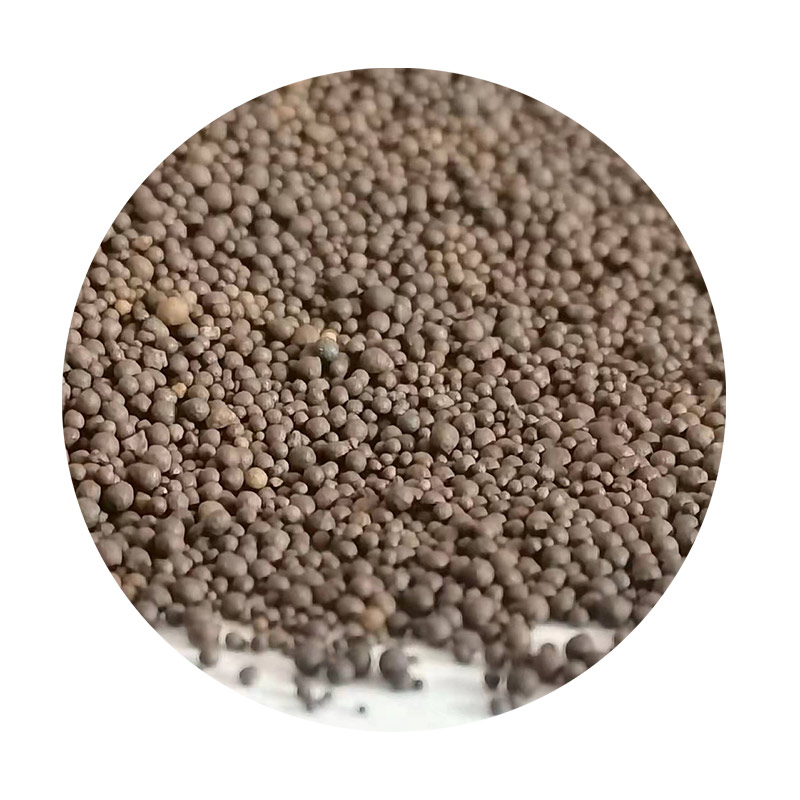The Role of Bauxite in Frac Sand Production and Its Significance in the Oil and Gas Industry
Bauxite, primarily known for being the principal ore of aluminum, has garnered attention in the oil and gas sector, particularly in the context of hydraulic fracturing, commonly referred to as fracking. While frac sand is usually the focus of discussions around hydraulic fracturing, bauxite's properties can offer unique advantages in the production of proppants used in the fracking process.
The Role of Bauxite in Frac Sand Production and Its Significance in the Oil and Gas Industry
Bauxite exhibits several properties that make it an excellent candidate as a proppant. First and foremost, its hardness and durability can withstand the immense pressures experienced in deep rock formations. This resistance to crushing ensures that the fractures remain open over the lifespan of the well, maximizing the extraction of oil and natural gas. Additionally, bauxite possesses a high alumina content, which can provide superior thermal stability and reduced reactivity compared to traditional silica-based proppants.
bauxite frac sand

The use of bauxite in proppant production involves processing the ore to create a material that can be used effectively in hydraulic fracturing. This processing typically includes crushing the bauxite into smaller particles, followed by specific treatments to enhance its characteristics for use as a proppant. The result is a lightweight, high-strength material that can be transported easily to drilling sites, offering logistical advantages over heavier, traditional proppants.
Moreover, the environmental benefits of using bauxite cannot be overlooked. As the oil and gas industry faces scrutiny over its environmental impact, employing bauxite as a proppant could represent a more sustainable approach. The bauxite mining process is generally less damaging than silica sand mining, which often involves significant landscape disruption and water usage. By exploring bauxite as an alternative, the industry can potentially reduce its ecological footprint while continuing to meet energy demands.
Incorporating bauxite into frac sand production may also lead to economic benefits. With the ongoing increase in demand for hydraulic fracturing due to the global energy crisis, finding alternative materials can mitigate supply chain risks and stabilize prices. As bauxite can be sourced from various locations around the world, it can provide a more reliable supply, reducing dependency on specific regions known for silica sand production. This diversification can improve the resilience of the oil and gas industry against price fluctuations and market volatility.
In conclusion, bauxite holds significant potential as a proppant in hydraulic fracturing, offering unique properties that enhance the efficiency and sustainability of the process. Its hardness, thermal stability, and reduced environmental impact make it a compelling alternative to traditional silica sand. As the oil and gas industry continues to innovate and seek more sustainable practices, the incorporation of bauxite into frac sand production presents a promising opportunity to balance productivity with environmental consciousness. The future of fracking may very well hinge on the adoption of materials like bauxite that bring both performance advantages and a commitment to responsible resource management.
Post time:nóv . 19, 2024 09:04
Next:sand casting advantages
